10 Ways To Improve Your Property's Drainage Systems
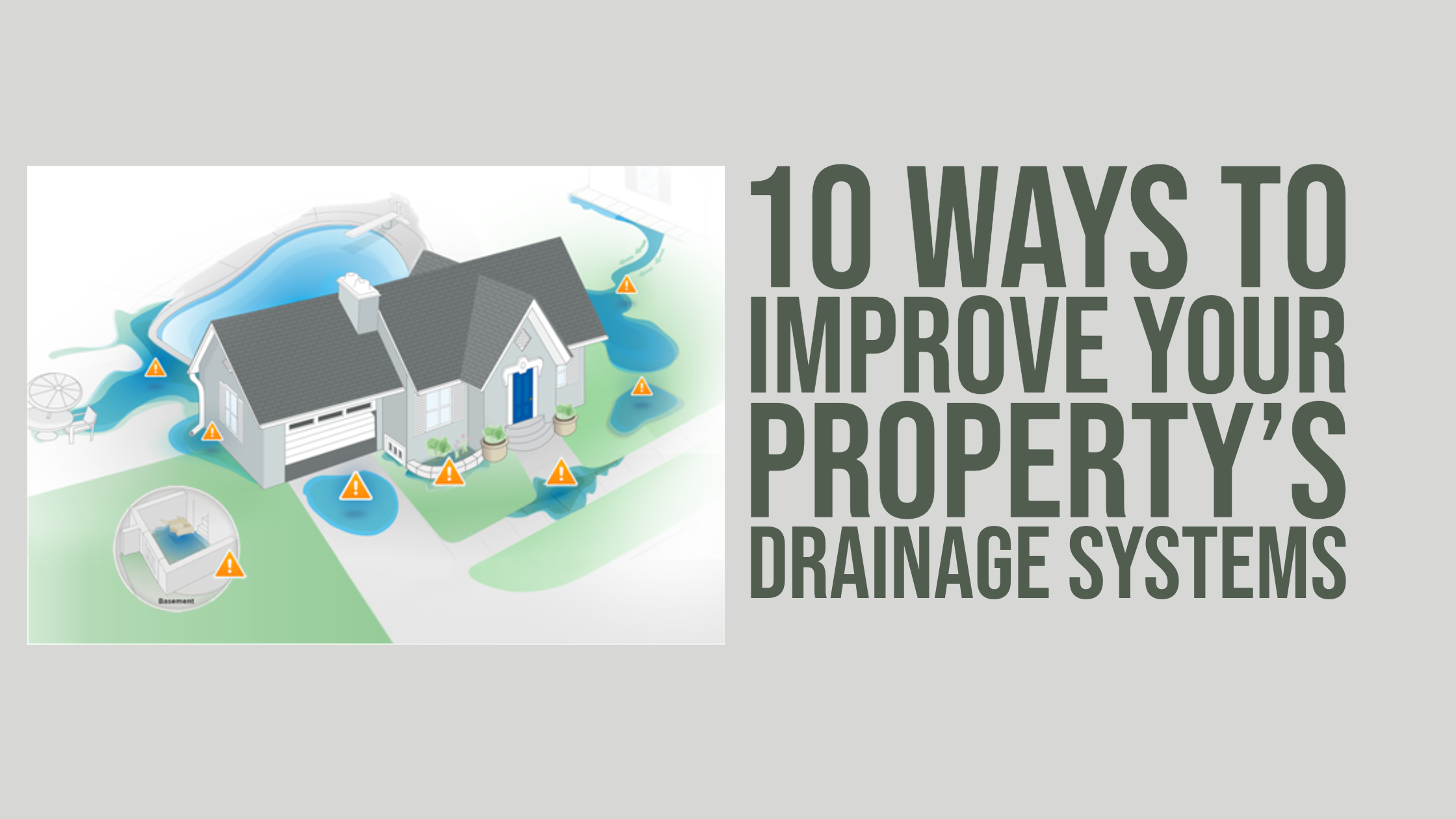
Enhancing your property's drainage system is vital to uphold its value and durability now and over time. A properly functioning drainage system acts as a barrier against water damage, foundation issues, and pest infiltrations while ensuring the safety and comfort of residents, neighbors, and visitors alike. Drawing from our wealth of experience, we're excited to share ten proven methods to fortify your property's drainage system. Join us as we explore practical solutions aimed at bolstering your property's resilience against water-related challenges, ensuring lasting protection and peace of mind.
#1
Regular inspection and maintenance of your gutters and downspouts are essential to prevent potential water damage to your property. When you allow gutters and downspouts to be clogged can lead to water backup and overflow, posing risks and costly damages to your roof, walls, and foundation. To mitigate these common issues, we recommend conducting thorough inspections at least twice a year and cleaning as necessary to remove any debris, leaves, or other obstructions that might occur. This proactive approach helps ensure the efficient flow of water away from your property, safeguarding its structural integrity and longevity.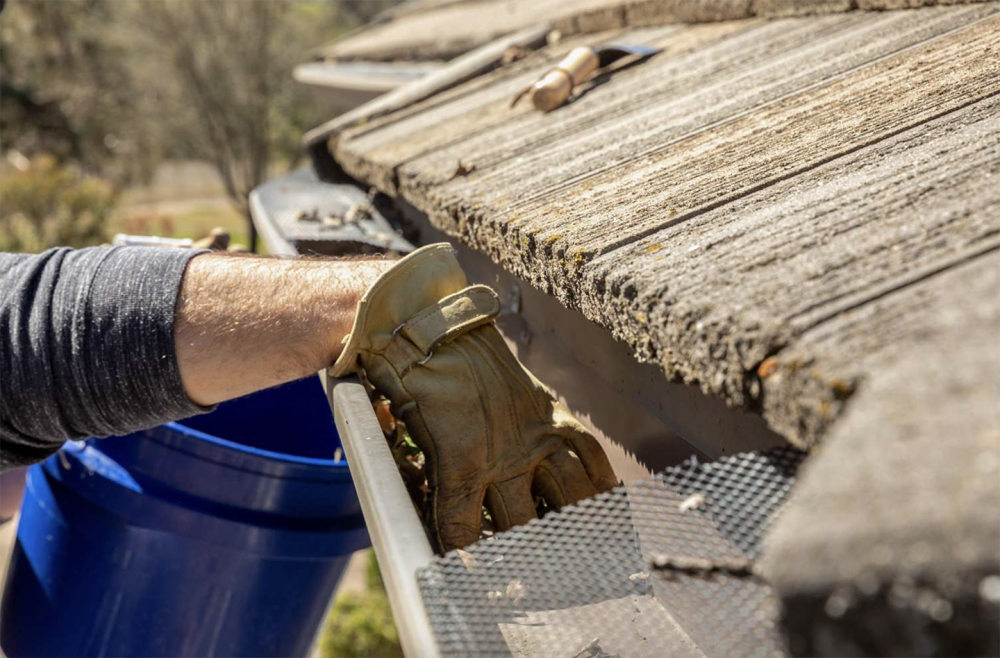
#2
Installing gutter guards or screens is another effective solution to prevent debris from entering and obstructing your gutters. These protective devices enhance the efficiency of your gutter system by reducing the chance of clogs occurring, ensuring proper water flow away from your property. Gutter guards and screens are affordable, straightforward to install, and offer long-term benefits by reducing the need for frequent gutter cleaning. By investing in these preventive measures, you can save both time and money while maintaining optimal drainage for your property.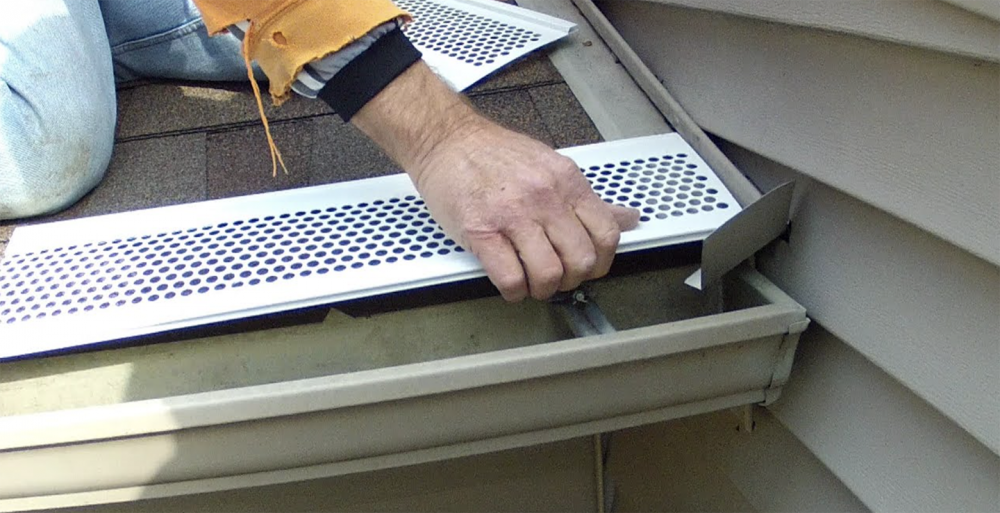
#3
Proper property grading is essential to mitigate water-related risks and safeguard your foundation from damage. Ideally, the ground surrounding your property should slope away from the building, with a minimum grade of 1/8 inch (1/8") per foot for the first 10 feet. This slope facilitates efficient water drainage away from the foundation -- reducing the likelihood of pooling and water damage in the area. If your property lacks proper grading, consider the expertise of a professional to grade the land accurately. You can also utilize grading tools to undertake the task yourself, providing optimal drainage and protection for your property.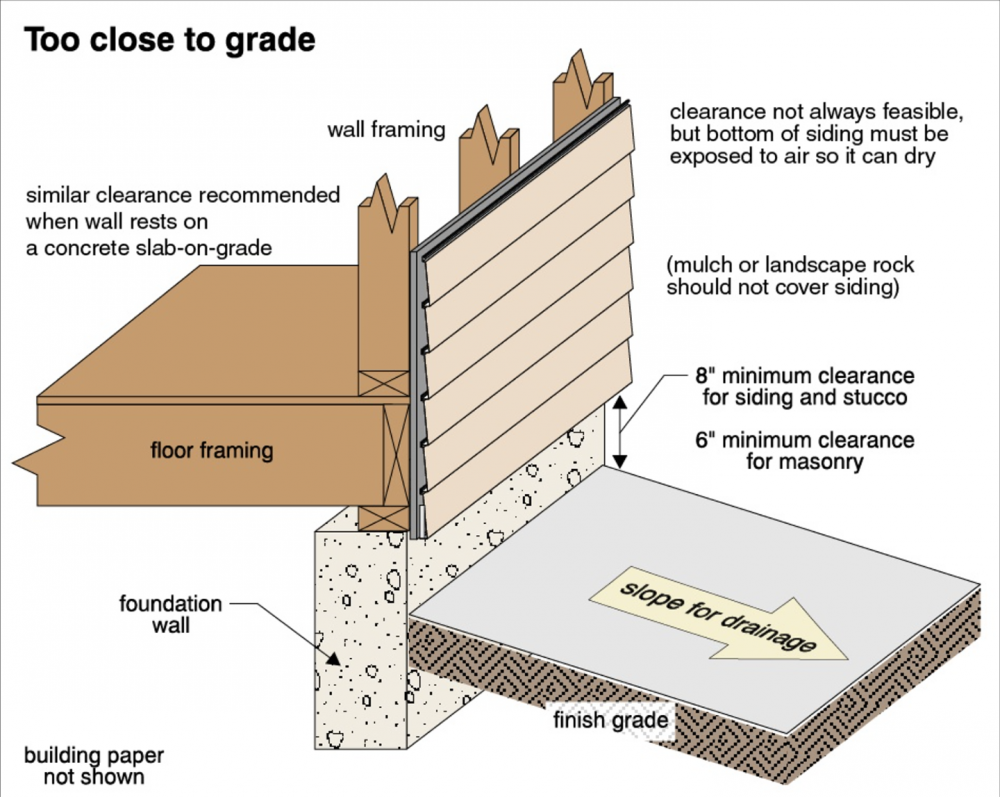
#4
Porous materials for driveways, sidewalks, and patios are a smart strategy to benefit drainage and mitigate water-related risks that may occur. Using non-porous materials like concrete and asphalt increases the probability of water accumulating on the surface. Porous materials facilitate water absorption into the ground, minimizing the risk of pooling water and potential damage to foundations. Gravel, pavers, and permeable concrete are highly recommended alternatives that allow water to pass through. Consider incorporating these porous materials into your outdoor spaces to improve drainage and protect your property against water-related challenges.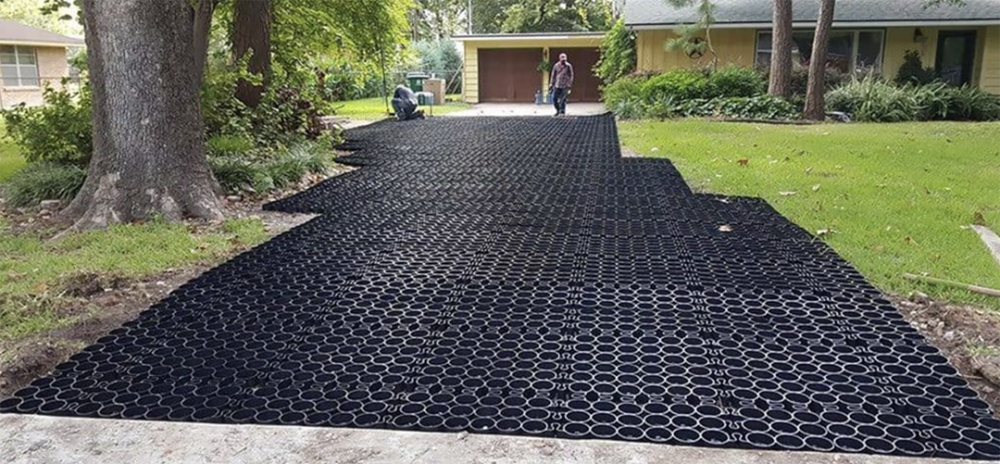
#5
French drains are a highly effective method to manage water runoff and protect your property from water damage. Utilizing an underground drainage system allows water to be collected and redirected away from your property. French drains are commonly crafted with perforated pipe, gravel, and a filtration fabric layer that removes debris. French drains prevent water from pooling around foundations, which safeguards against what could be costly structural damages to your property. Whether you are a professional or a DIY enthusiast, installing a French drain offers reliable drainage solutions to enhance property resilience against water-related issues.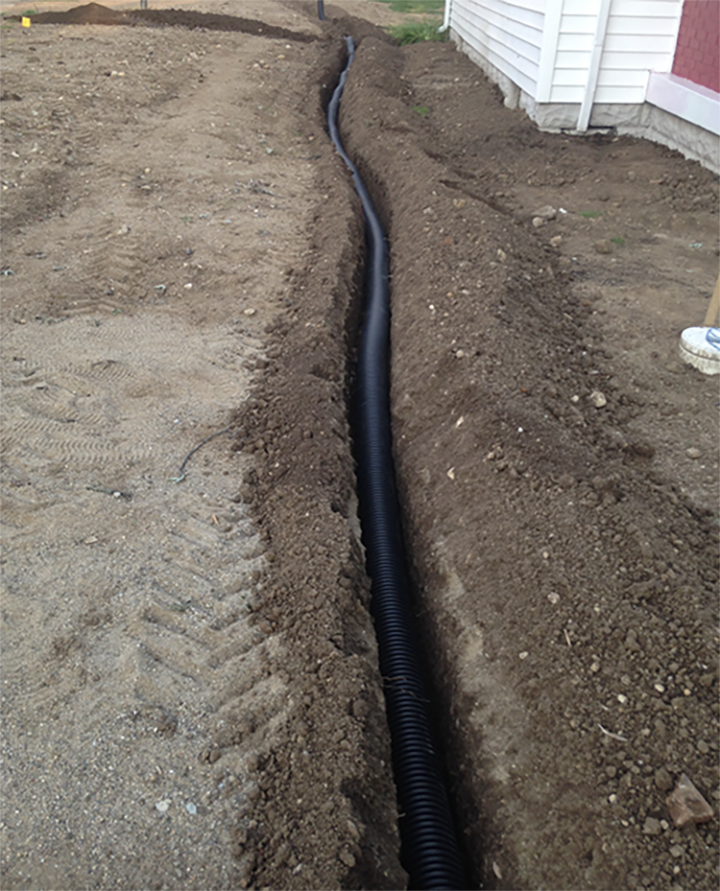
#6
Rain barrels can be used to collect and reuse water, and are also an environmentally conscious approach to water conservation. These simple devices enable the collection and storage of rainwater for future use, such as watering plants, gardens, or lawns. By utilizing stored rainwater, you reduce dependence on tap water for irrigation purposes. Rain barrels come in various sizes and styles, catering to different needs, and can be effortlessly installed. Incorporating rain barrels into your property promotes a cost-effective and practical solution for managing water resources efficiently.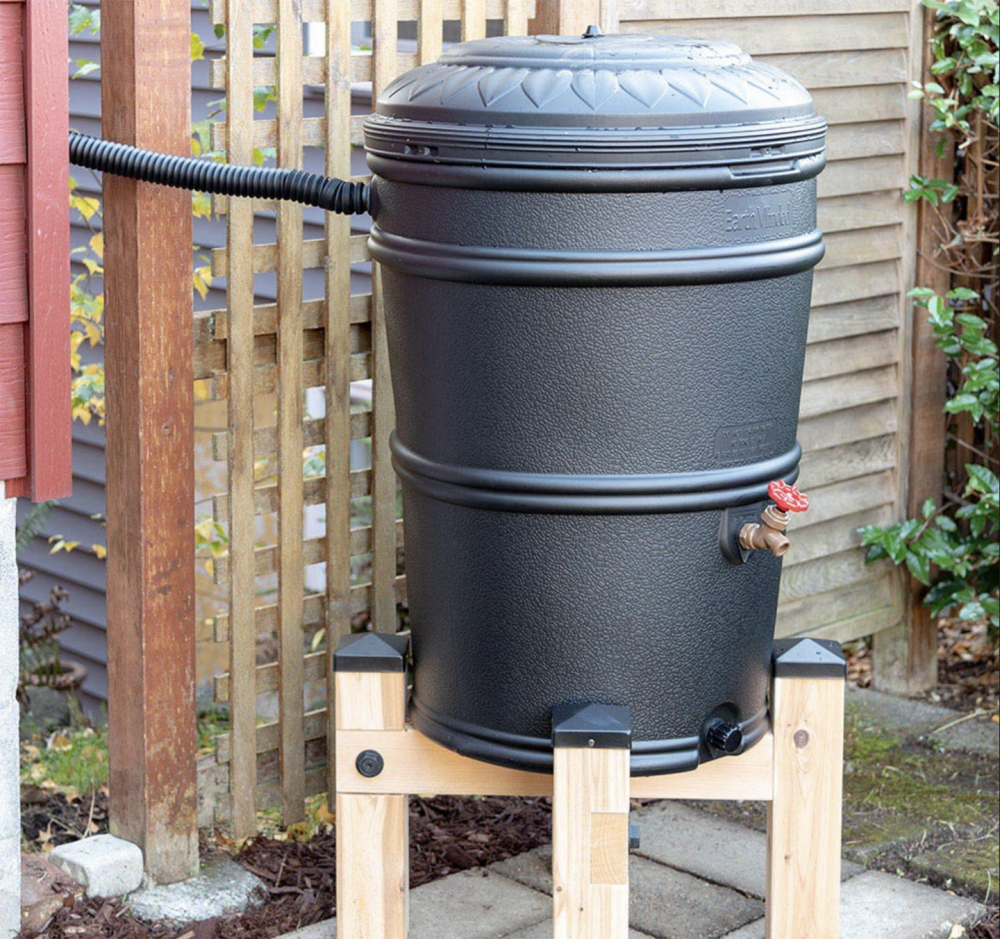
#7
Sump pumps can be a crucial measure to safeguard your property against water damage and flooding, particularly in low-lying areas such as basements or crawl spaces. Sump pumps collect and pump water away from your property, mitigating the risk of water-related issues. Sump pumps are vital in regions prone to heavy rainfall or flooding events. Installing a sump pump offers another reliable protection against water accumulation and potential structural damage.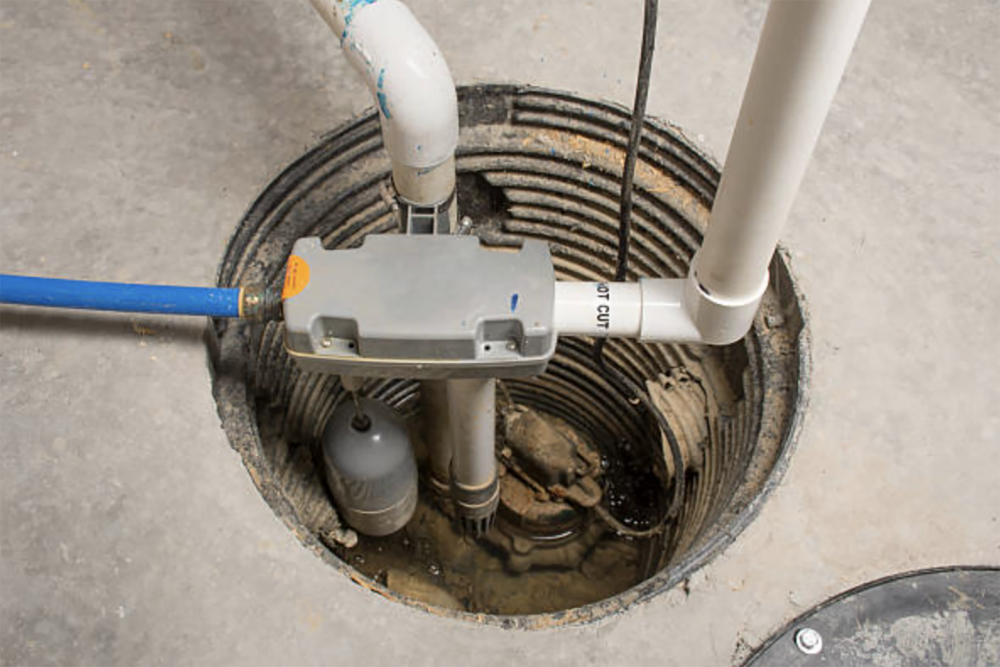
#8
Creating swales or berms -- which are shallow ditches or raised areas, redirects water flow away from vulnerable areas. Planting trees and shrubs with deep root systems is also useful in water absorption and erosion prevention. Implementing these landscaping strategies not only enhances your drainage system but also boosts the aesthetic appeal of your property while maintaining structural integrity against possible water-related risks.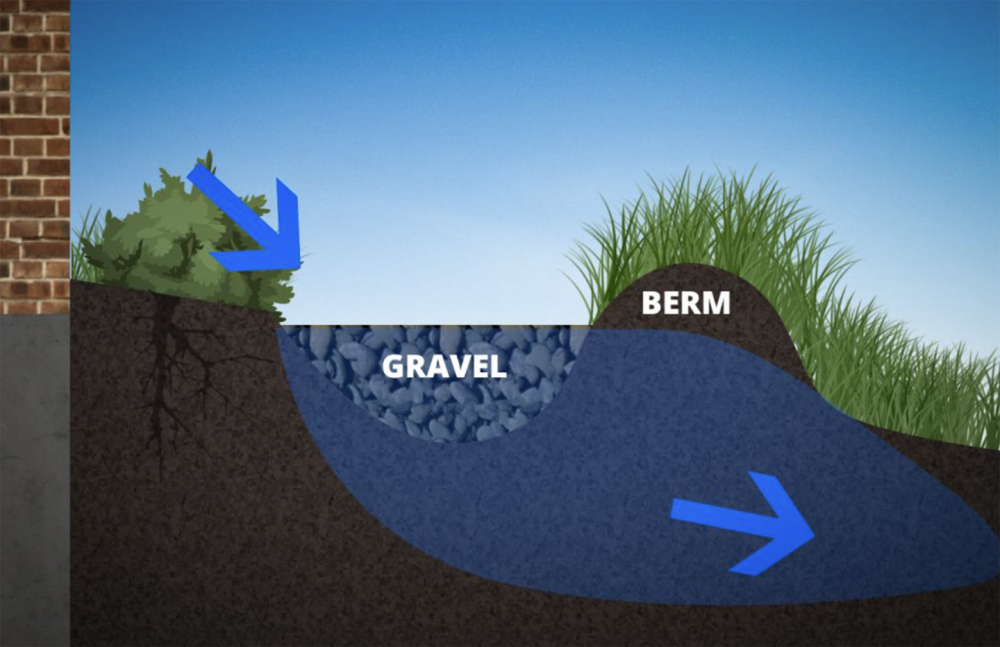
#9
Addressing any cracks or leaks in your foundation is crucial to prevent water infiltration and subsequent damage to your property. Water seepage through cracks or leaks can lead to structural issues and other water-related problems. Utilize a concrete patching compound for minor repairs or seek assistance from a professional for more extensive damage. Inspecting and repairing any plumbing leaks is essential as they can also contribute to water damage.
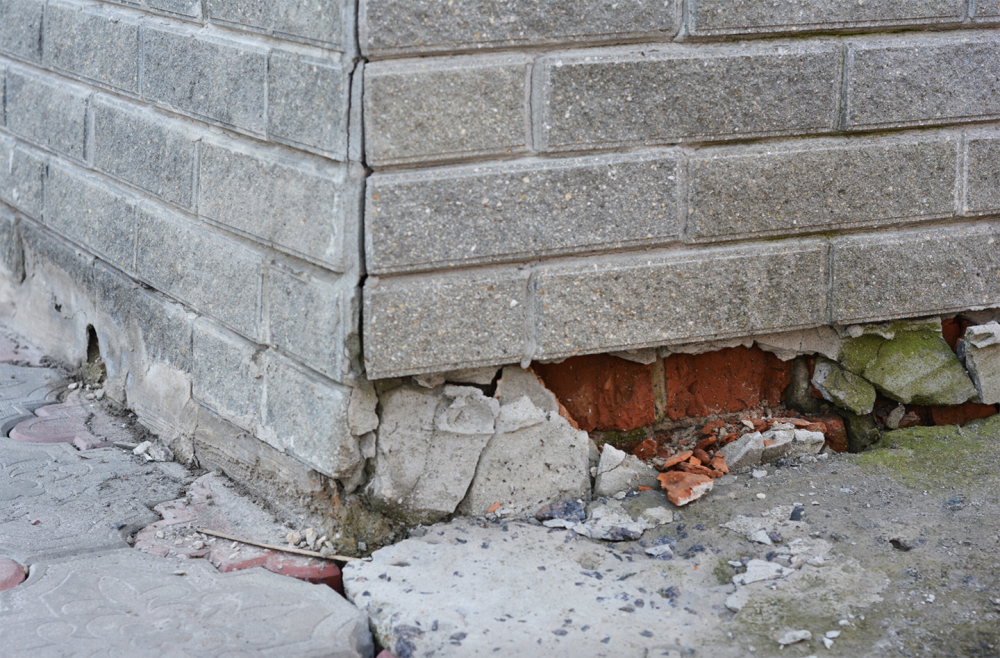
#10
A subsurface drainage system is beneficial for properties that experience frequent water accumulation or face significant drainage challenges. This drainage system involves the installation of underground pipes and channels designed to collect and redirect water away from your property discreetly. Subsurface drainage systems are especially useful for properties with large or complex drainage issues. These systems can be tailored to suit the unique requirements of your property.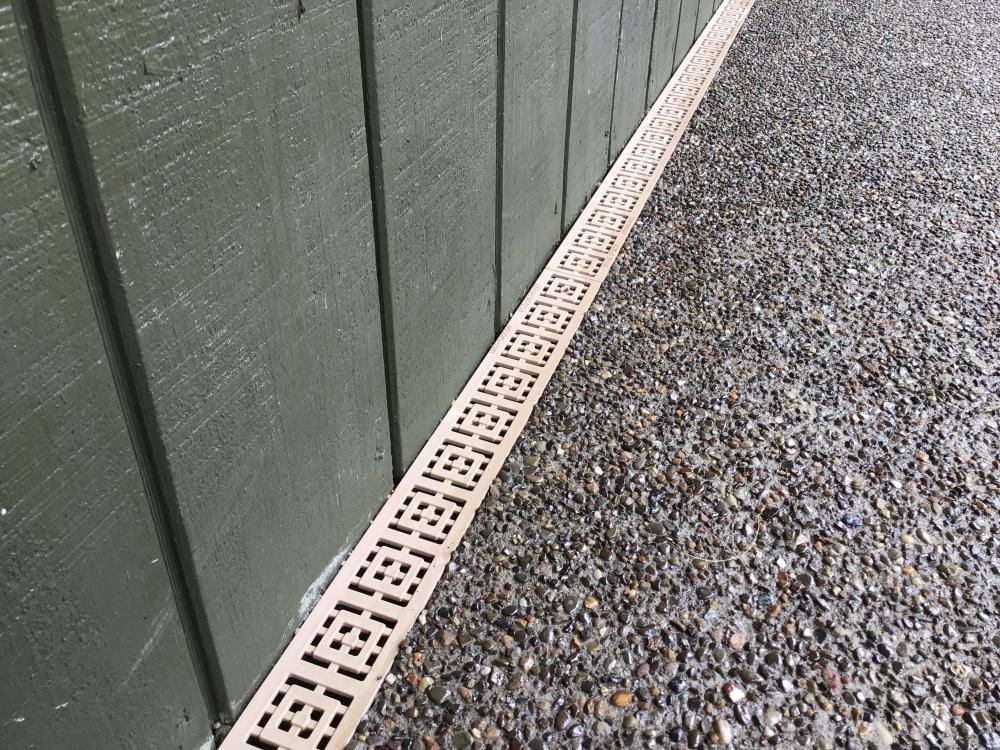
As we come to the end of this blog -- you have now learned common ideas that can be used to enhance your property's drainage system. By implementing the 10 strategies outlined in this article, you can effectively manage water runoff and mitigate potential problems. With proper drainage in place, your property will be safer, more comfortable, and better equipped to withstand ANY elements! Don't hesitate to take proactive steps to improve your drainage system and protect your investment for years to come. If you enjoyed this article, please take the time to like us on Facebook, Instagram, Pinterest, or Twitter to keep apprised of the latest and greatest in drainage technology as well as get the latest exclusive deals! If you're making your first purchase, sign up for the newsletter to get a 1-time-use 5% off coupon!













Comments
Well explained. Thanks for sharing your information